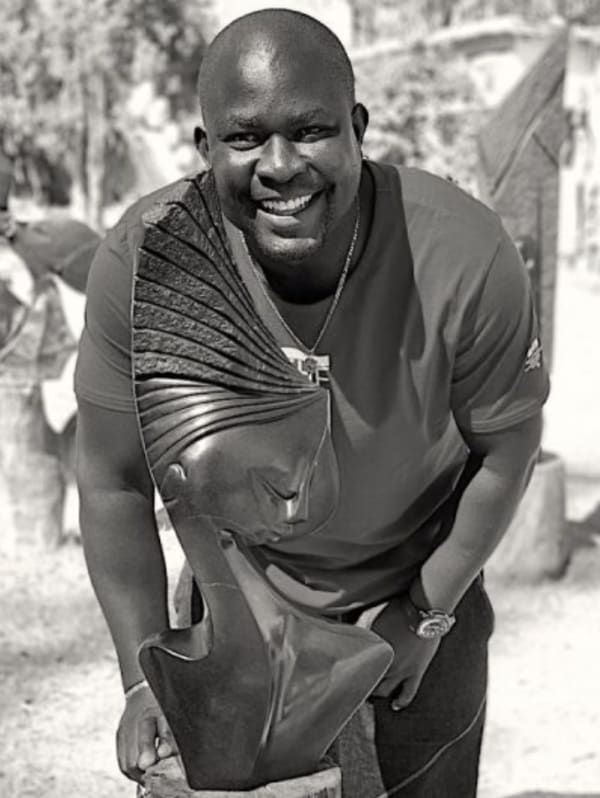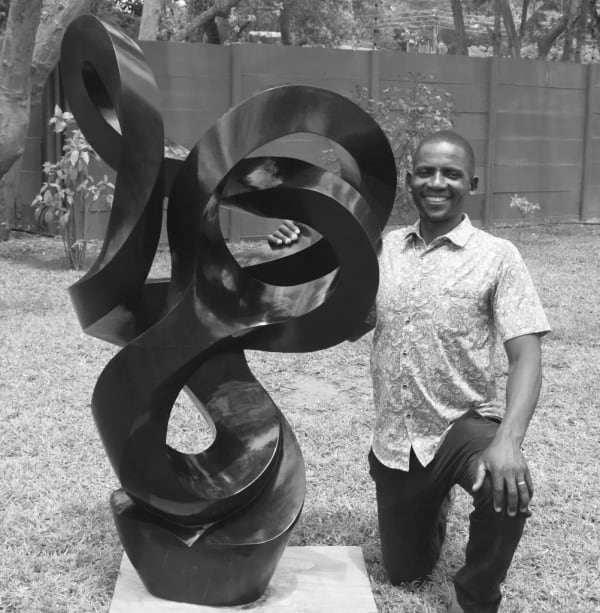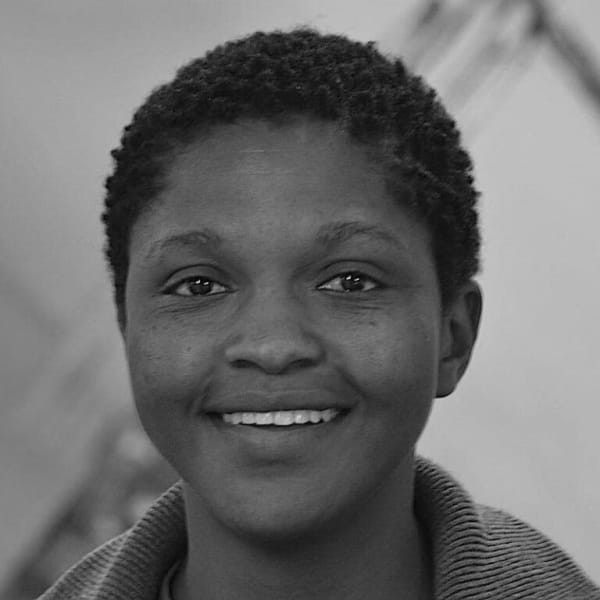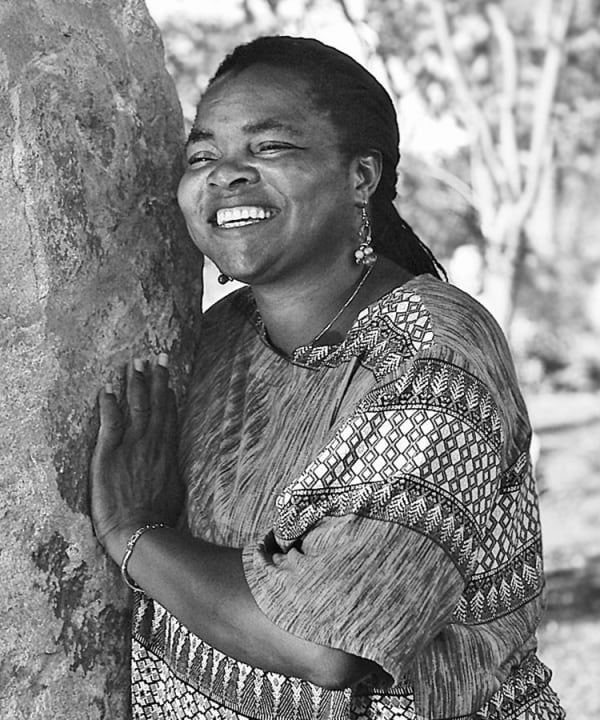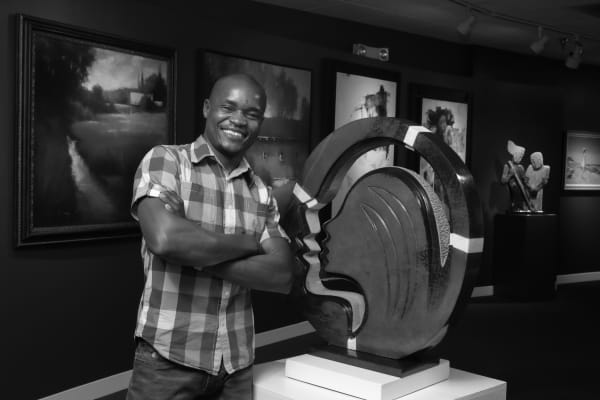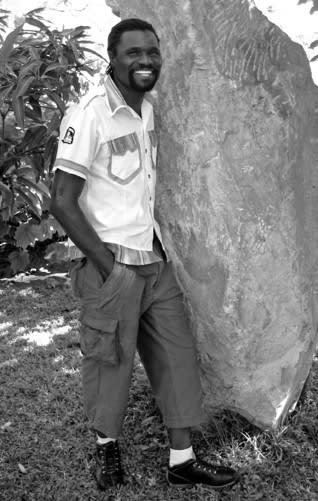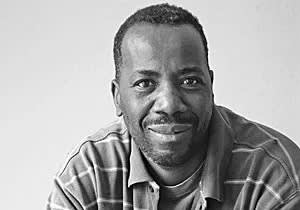-
-
History
The Zimbabwe Sculpture Movement, known internationally as “Shona sculpture,” was born in the late 1950s.
Its genesis coincided with the opening of the first National Gallery of Rhodesia (now Zimbabwe) and was officially begun by its inaugural director Frank McEwen in 1956. McEwen established a workshop within the gallery to encourage the creation of indigenous art within the local community.
Before being exiled in 1973 by the white authorities for the promotion of African art, McEwen mounted numerous exhibitions at venues such as the Musée Rodin in Paris and the Museum of Modern Art in New York. With his network of art contacts worldwide, it’s little surprise that such encouragement would spawn one of the most significant movements of art in all of Africa.
The civil war from 1973 to 1980, and subsequent independence of Zimbabwe, brought the sculpture movement to a virtual halt due to international sanctions. Few artists sculpted during this tumultuous time and promotion was virtually non-existent. However, after Zimbabwe’s independence in April of 1980, the movement was reborn.
Due to the recognition and success of “first generation” sculptors, a “second generation” of artists began to pursue a career in sculpting. With a new set of political and cultural experiences, the second-generation sculptors were influenced by the social changes occurring as a result of independence, whereas first generation work was characterized by a deep conviction of spirituality and traditional culture.
Indeed, many influential families have multiple artists among their ranks, often dating back to the experiences of the first-generation sculptors. Today, the Zimbabwe Sculpture Movement continues to diversify and evolve. A thriving new generation of inspired, creative, and innovative artists lay claim to the cultural, spiritual, and socially induced movement that so eloquently expresses their vision, insight, and portrayal of Zimbabwean culture.
Today, Shona sculpture can be found in museums, corporate and private collections worldwide. A recent traveling exhibition featuring large works of many Bonner David artists began in South Africa and has moved through St. Louis, Phoenix, Chicago, Salt Lake City and Seattle to its permanent installation in Loveland, Colorado.
